When it comes to furnishing your living room, one of the biggest questions you may have is whether or not your furniture pieces should match. While some may argue that matching furniture creates a cohesive and put-together look, others may prefer a more eclectic and mixed style. So, does living room furniture have to match? The answer is not a simple yes or no, as it ultimately depends on your personal style and preferences.Matching Living Room Furniture: Should It Be Coordinated?
If you're someone who loves to mix and match different styles and pieces, then go for it! Mixing and matching living room furniture can add an interesting and unique touch to your space. However, it's important to keep a few things in mind to ensure that the overall look is cohesive. First, choose a color palette to work with. This can be anything from neutral tones to bold and vibrant colors. Make sure your furniture pieces fall within this color scheme to avoid clashing. Next, consider the overall style you're going for. Mixing different styles can work, but it's important to have some elements that tie the pieces together. For example, if you have a modern sofa, you can pair it with a vintage coffee table with a similar color or material. Another tip is to have a focal point in the room. This could be a statement piece of furniture or a bold accent wall. By having a focal point, it will tie the different furniture pieces together and create a cohesive look.How to Mix and Match Living Room Furniture
The short answer is no, your living room furniture pieces do not have to match. In fact, having perfectly coordinated furniture can sometimes make a room feel too uniform and lacking personality. However, this doesn't mean that you should throw together any random pieces. It's important to still have some elements that tie the furniture pieces together, such as coordinating colors or styles. One way to mix and match furniture without it looking too mismatched is to stick to a specific theme or color scheme. For example, if you have a beachy vibe in your living room, you can mix and match different pieces that have a coastal feel, such as a rattan chair and a blue sofa.Do Living Room Furniture Pieces Have to Match?
If you're someone who prefers a more coordinated and put-together look, then matching living room furniture may be the way to go for you. Matching furniture creates a sense of symmetry and balance in a room, giving it a more formal and traditional feel. To achieve a perfectly coordinated look, you can purchase furniture sets that are specifically designed to match. This can include a sofa, loveseat, and chair in the same style and fabric. Alternatively, you can also mix and match different pieces from the same collection, such as a coffee table and end tables that have a similar design.Creating a Cohesive Look: Matching Living Room Furniture
Ultimately, the decision to match or mix and match your living room furniture comes down to personal preference. Some people may feel more comfortable with a coordinated look, while others may want a more unique and eclectic feel. It's important to consider your personal style and the overall look and feel you want to achieve in your living room. Additionally, don't be afraid to mix and match within a matching set. You can add in different throw pillows, rugs, or accent chairs to add a touch of your own personal style to the room.Living Room Furniture: To Match or Not to Match?
Mixing and matching living room furniture is truly an art. It's about finding the right balance of different styles and pieces to create a cohesive and visually appealing space. Don't be afraid to experiment and try out different combinations until you find the perfect mix for your living room. Remember to play around with different colors, textures, and styles to add interest and depth to the room. You can also incorporate different patterns and prints to make the space more visually dynamic. Just make sure to have some elements that tie everything together, whether it's a color, style, or theme.The Art of Mixing and Matching Living Room Furniture
When it comes to matching or mixing living room furniture, it's all about finding the right balance. You want to avoid having all matching pieces, as it can make the room feel too uniform and lacking personality. At the same time, you don't want to have a completely mismatched and chaotic look. One way to strike the right balance is to choose a statement piece and build around it. This could be a bold sofa or a unique coffee table. From there, you can mix and match different pieces that complement the statement piece while still tying in with the overall style and color scheme of the room.Matching vs. Mixing: Finding the Right Balance for Your Living Room Furniture
If you want a coordinated look without having all matching furniture, there are a few ways to achieve this. First, consider choosing a color scheme and sticking to it. This can include coordinating colors for your walls, furniture, and accessories. You can also coordinate furniture pieces by material. For example, if you have a leather sofa, you can incorporate other leather pieces in the room, such as a leather ottoman or accent chair. This will create a cohesive look while still having some variety in the room.How to Coordinate Living Room Furniture Without Matching
When it comes to matching living room furniture, there are a few dos and don'ts to keep in mind. Do stick to a color scheme or style to tie the pieces together. Do incorporate different textures and patterns to add interest. Do choose a focal point in the room. Don't have all matching furniture pieces. Don't be afraid to mix and match within a matching set.The Dos and Don'ts of Matching Living Room Furniture
To create a cohesive and well-designed living room, there are a few tips to keep in mind. First, have a clear vision of the style and look you want to achieve. This will help guide your furniture choices. Next, choose a color scheme and stick to it. Finally, don't be afraid to mix and match different pieces, but make sure to have some elements that tie everything together. By following these tips and finding the right balance between matching and mixing, you can create a visually appealing and comfortable living room that reflects your personal style. Remember, there's no right or wrong answer when it comes to matching living room furniture, so have fun and let your creativity shine!Creating a Cohesive Living Room: Tips for Matching Furniture Pieces
The Benefits of Mixing and Matching Living Room Furniture
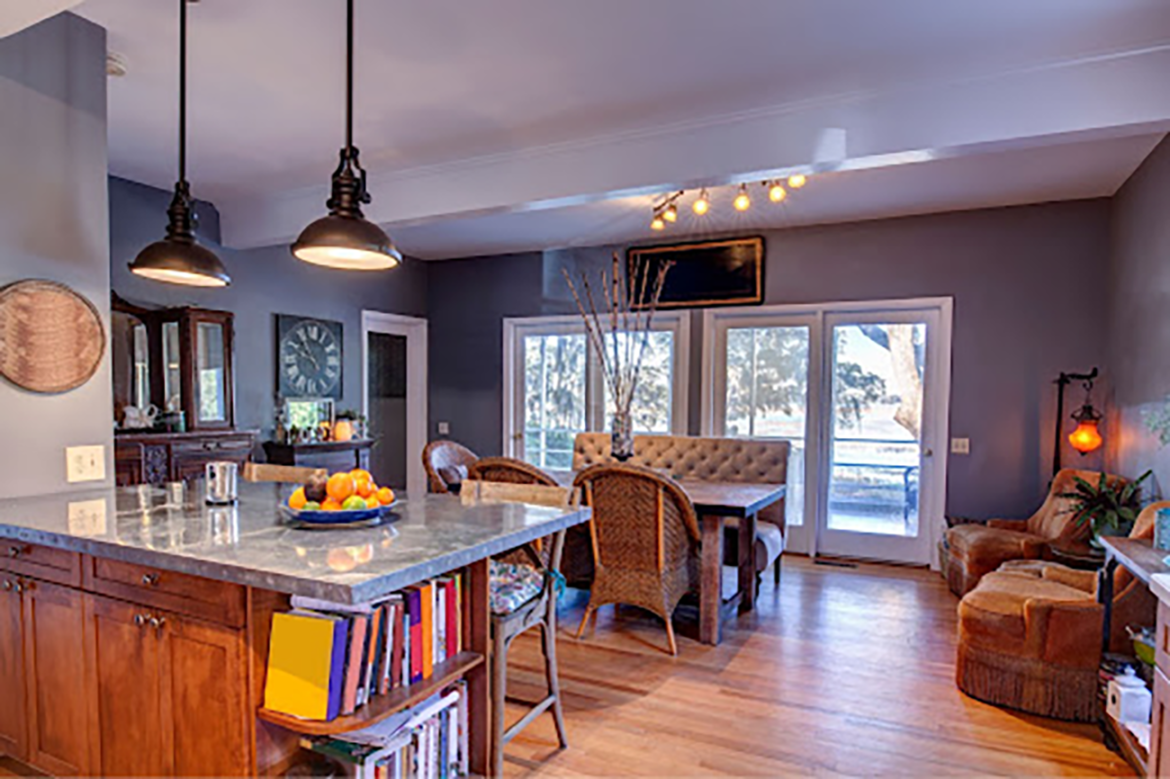
Breaking the Traditional Rules
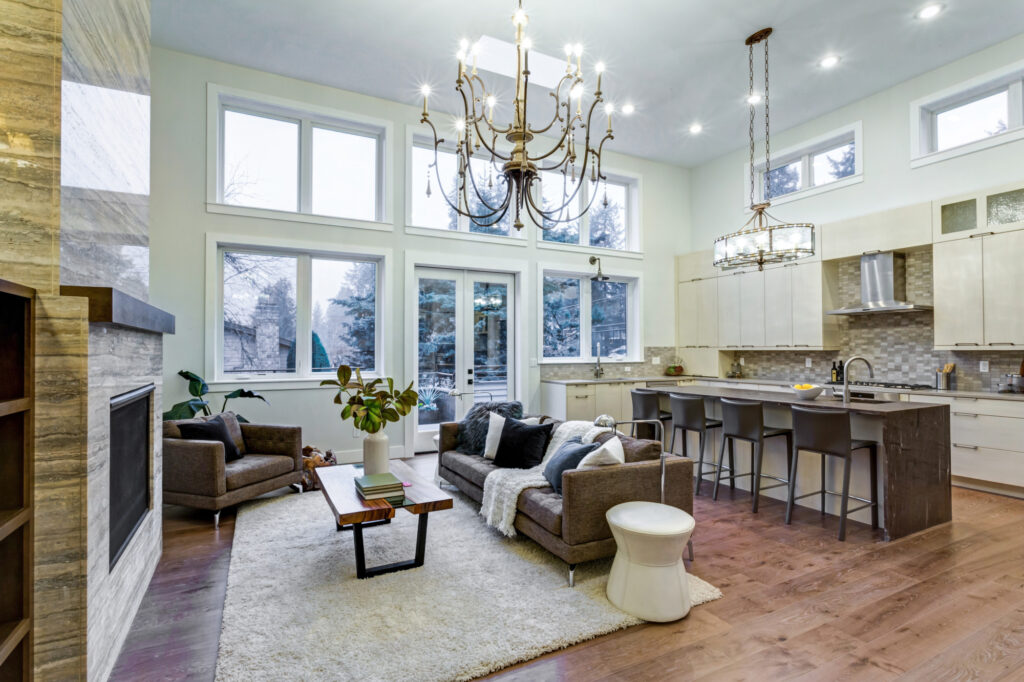 In the world of interior design, there are many unspoken rules and guidelines that dictate how a room should be put together. One of these rules is that
living room furniture should always match
. However, more and more designers are debunking this belief and embracing the idea of mixing and matching different pieces in the living room. Not only does it add a unique and personal touch to the space, but it also has a few practical benefits.
In the world of interior design, there are many unspoken rules and guidelines that dictate how a room should be put together. One of these rules is that
living room furniture should always match
. However, more and more designers are debunking this belief and embracing the idea of mixing and matching different pieces in the living room. Not only does it add a unique and personal touch to the space, but it also has a few practical benefits.
Creating Visual Interest
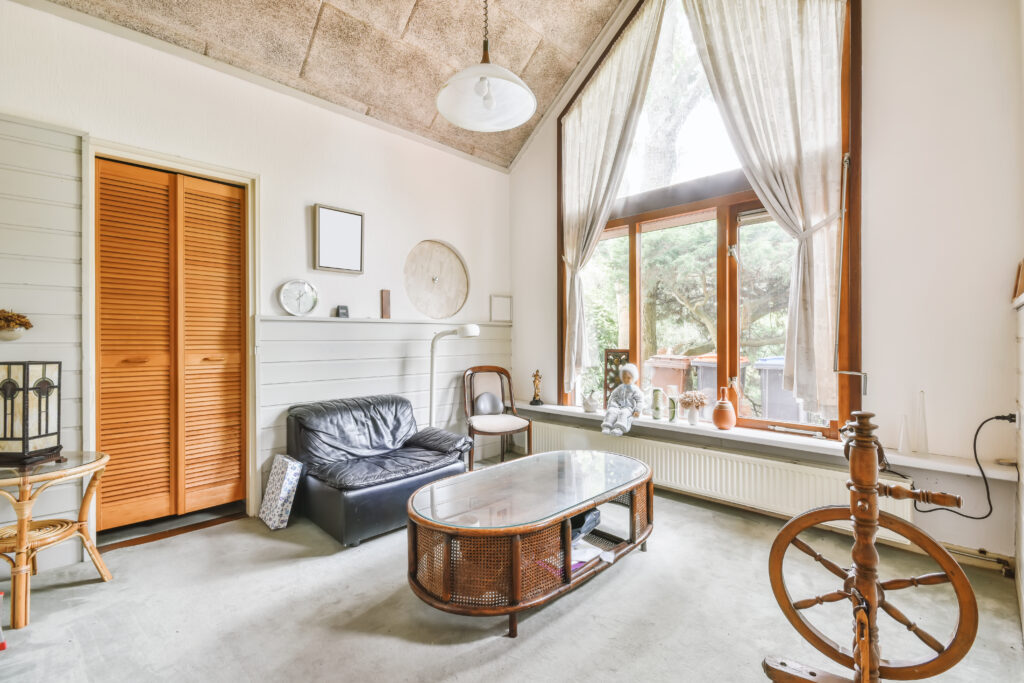 One of the main reasons why designers are advocating for mixed and matched living room furniture is because it creates visual interest in the space.
Matching furniture can often make a room look too coordinated and bland
. By incorporating different styles, colors, and textures, you can add depth and personality to the room. For example, pairing a sleek modern sofa with a vintage coffee table can create a dynamic and eclectic look that is far more interesting than a matching set.
One of the main reasons why designers are advocating for mixed and matched living room furniture is because it creates visual interest in the space.
Matching furniture can often make a room look too coordinated and bland
. By incorporating different styles, colors, and textures, you can add depth and personality to the room. For example, pairing a sleek modern sofa with a vintage coffee table can create a dynamic and eclectic look that is far more interesting than a matching set.
More Budget-Friendly
 Another advantage of mixing and matching living room furniture is that it can be more budget-friendly. Investing in a full matching set of furniture can be quite expensive, but by incorporating different pieces, you can save money without sacrificing style. For example, you may already have a statement piece, such as a bold armchair, and can mix and match other pieces around it to create a cohesive look.
Another advantage of mixing and matching living room furniture is that it can be more budget-friendly. Investing in a full matching set of furniture can be quite expensive, but by incorporating different pieces, you can save money without sacrificing style. For example, you may already have a statement piece, such as a bold armchair, and can mix and match other pieces around it to create a cohesive look.
Expressing Personal Style
 The living room is often considered the heart of the home, and it should reflect the personalities and tastes of those who live there. By mixing and matching furniture, you have the freedom to express your personal style and create a space that truly feels like your own. Whether you prefer a more eclectic and bohemian look or a sleek and modern aesthetic, mixing and matching furniture allows you to curate a space that speaks to you.
The living room is often considered the heart of the home, and it should reflect the personalities and tastes of those who live there. By mixing and matching furniture, you have the freedom to express your personal style and create a space that truly feels like your own. Whether you prefer a more eclectic and bohemian look or a sleek and modern aesthetic, mixing and matching furniture allows you to curate a space that speaks to you.
Practical Considerations
 Besides the aesthetic benefits, mixing and matching living room furniture can also have practical considerations. For instance, you may have a small living room that doesn't have space for a full matching set, but you can still incorporate different pieces to make the most of the space. Additionally, by mixing different pieces, you can also find pieces that serve multiple functions, such as a coffee table that also doubles as extra seating.
In conclusion, while the traditional rule of matching living room furniture may still hold true for some, there are many benefits to mixing and matching pieces in your living room. It allows you to create a unique and personalized space, while also being budget-friendly and practical. So, don't be afraid to break the rules and get creative with your living room furniture!
Besides the aesthetic benefits, mixing and matching living room furniture can also have practical considerations. For instance, you may have a small living room that doesn't have space for a full matching set, but you can still incorporate different pieces to make the most of the space. Additionally, by mixing different pieces, you can also find pieces that serve multiple functions, such as a coffee table that also doubles as extra seating.
In conclusion, while the traditional rule of matching living room furniture may still hold true for some, there are many benefits to mixing and matching pieces in your living room. It allows you to create a unique and personalized space, while also being budget-friendly and practical. So, don't be afraid to break the rules and get creative with your living room furniture!



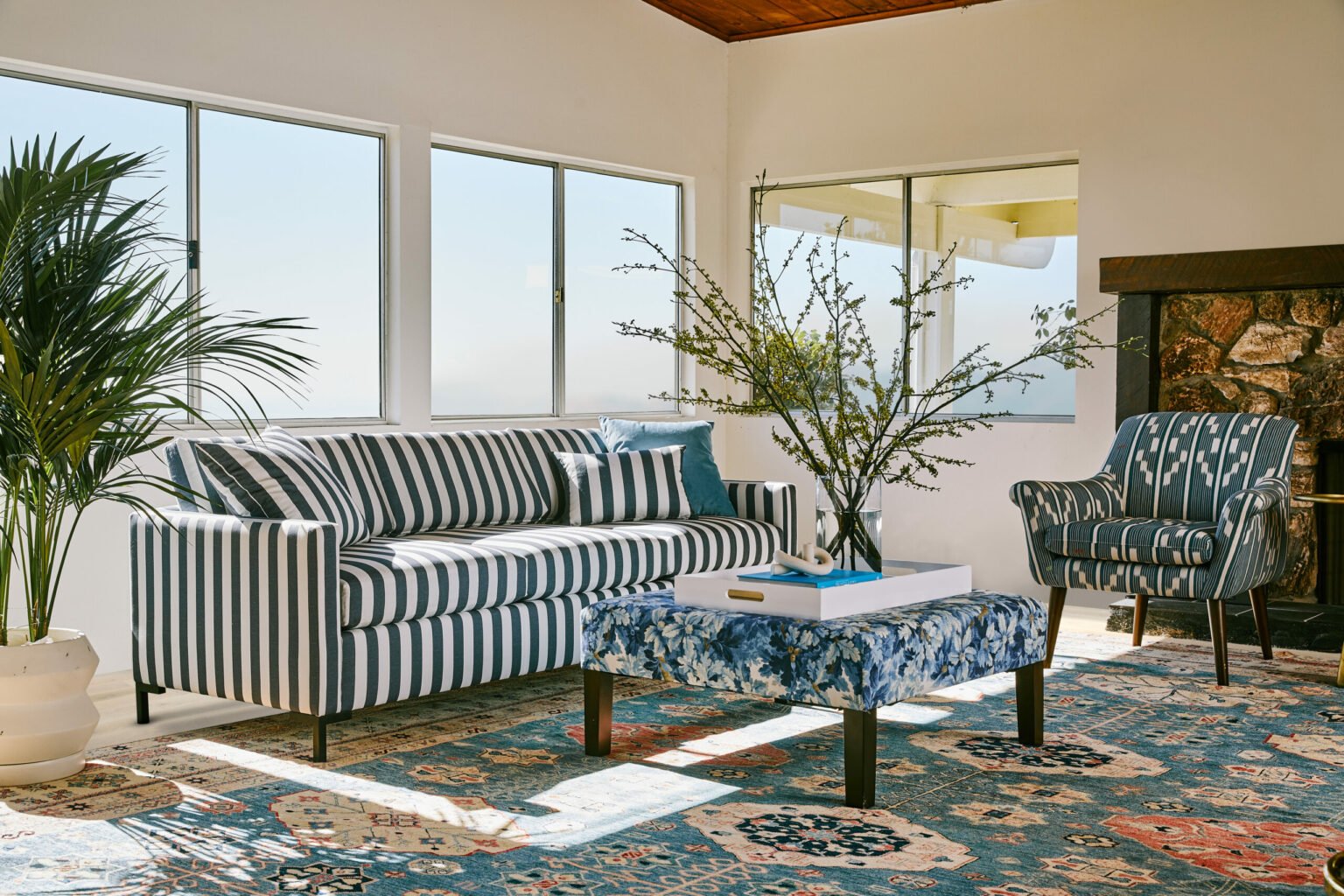



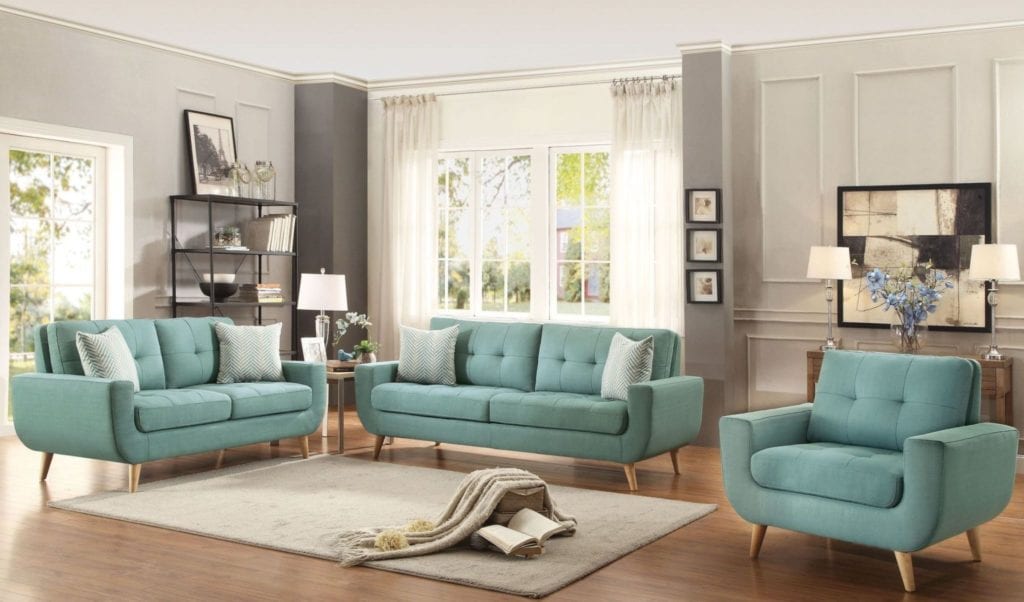




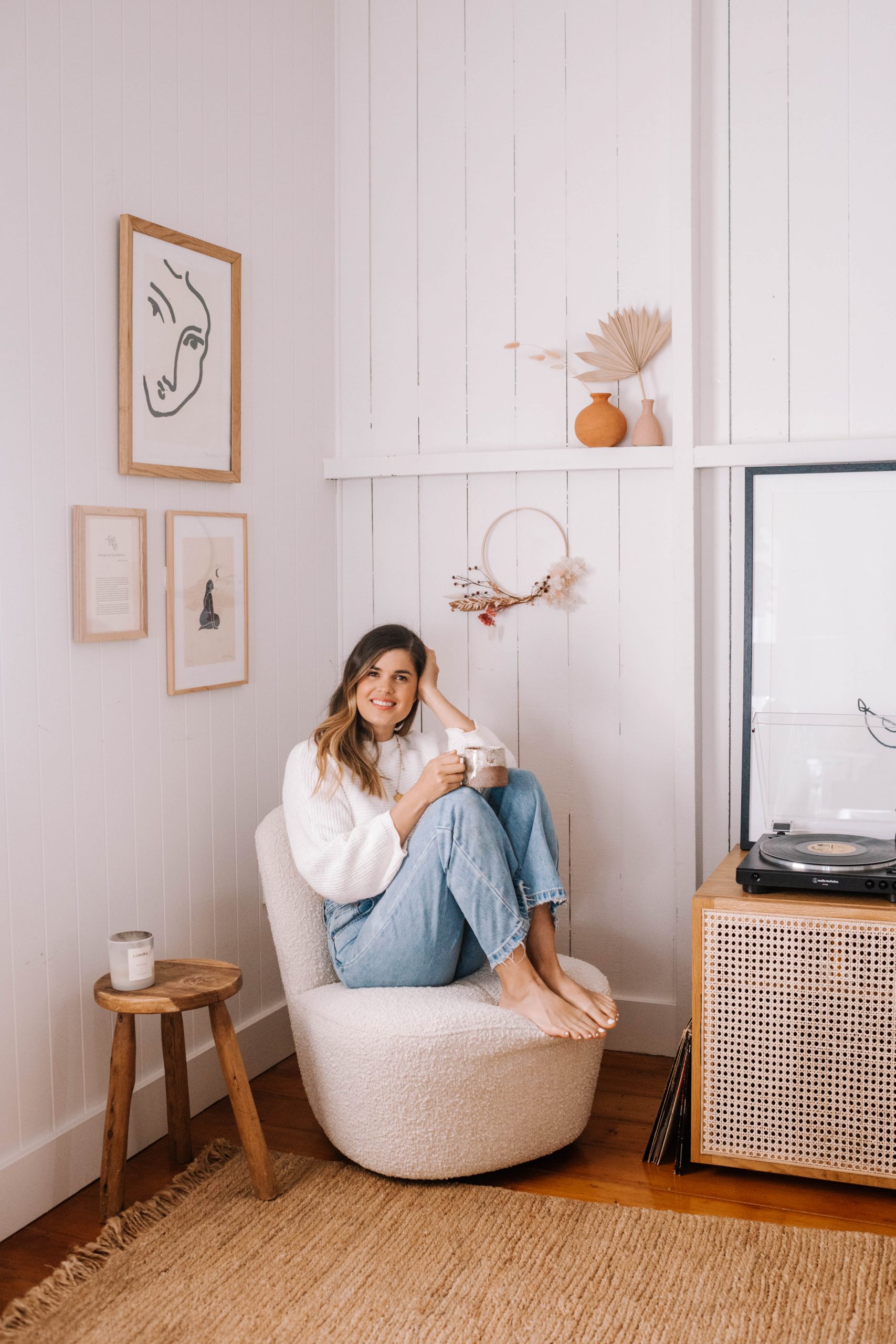





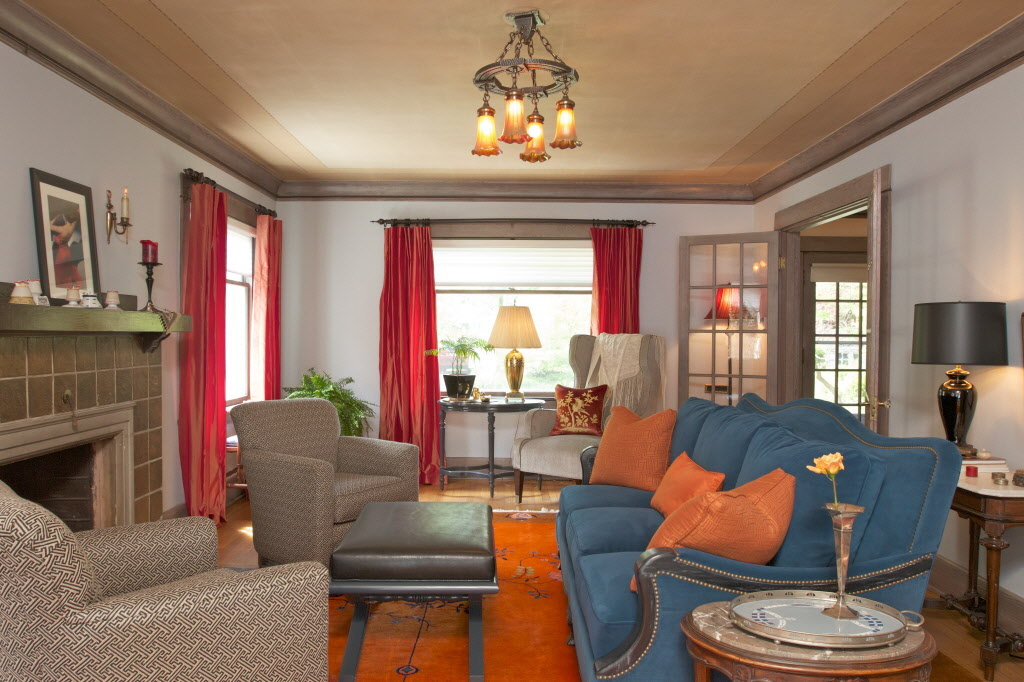



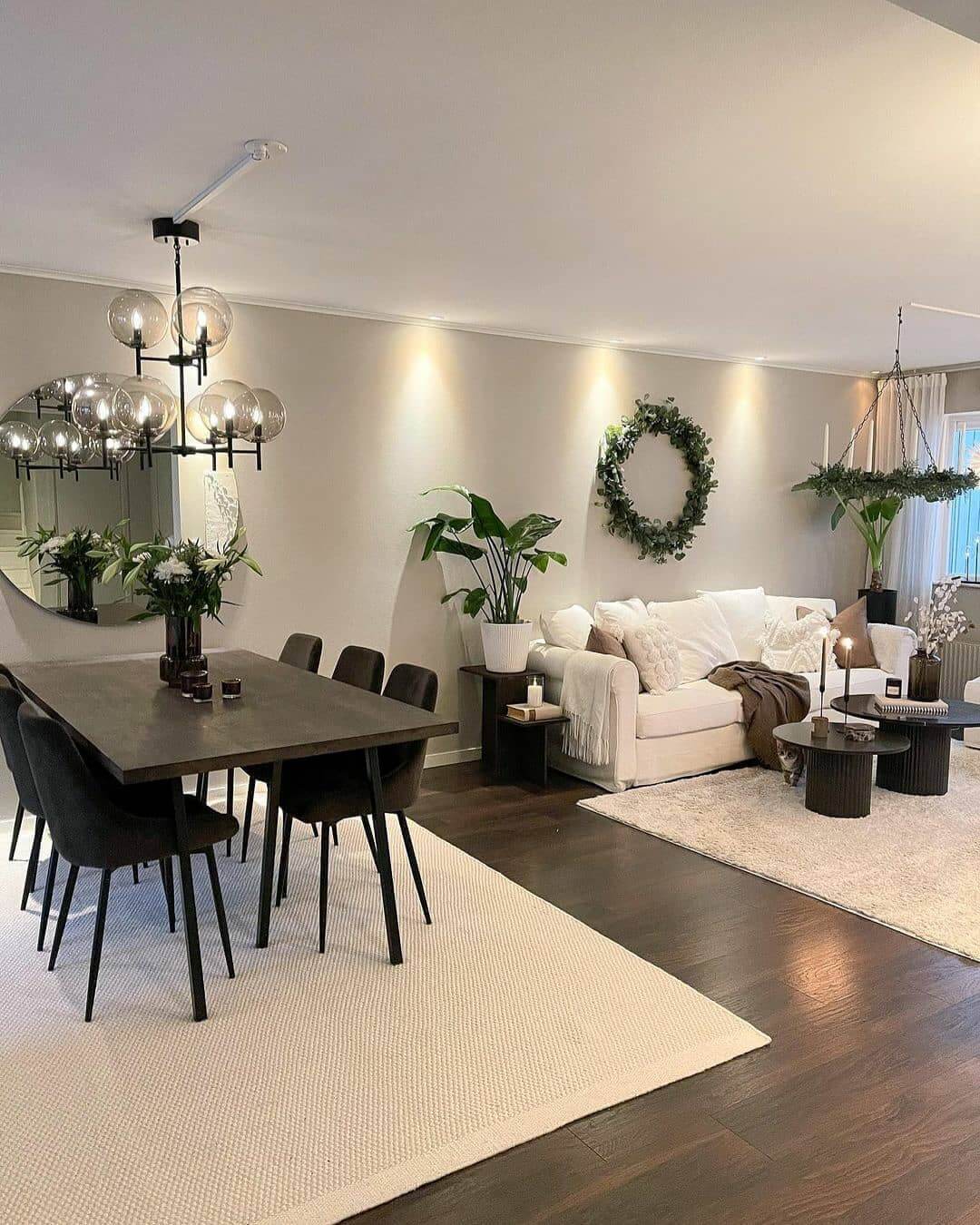






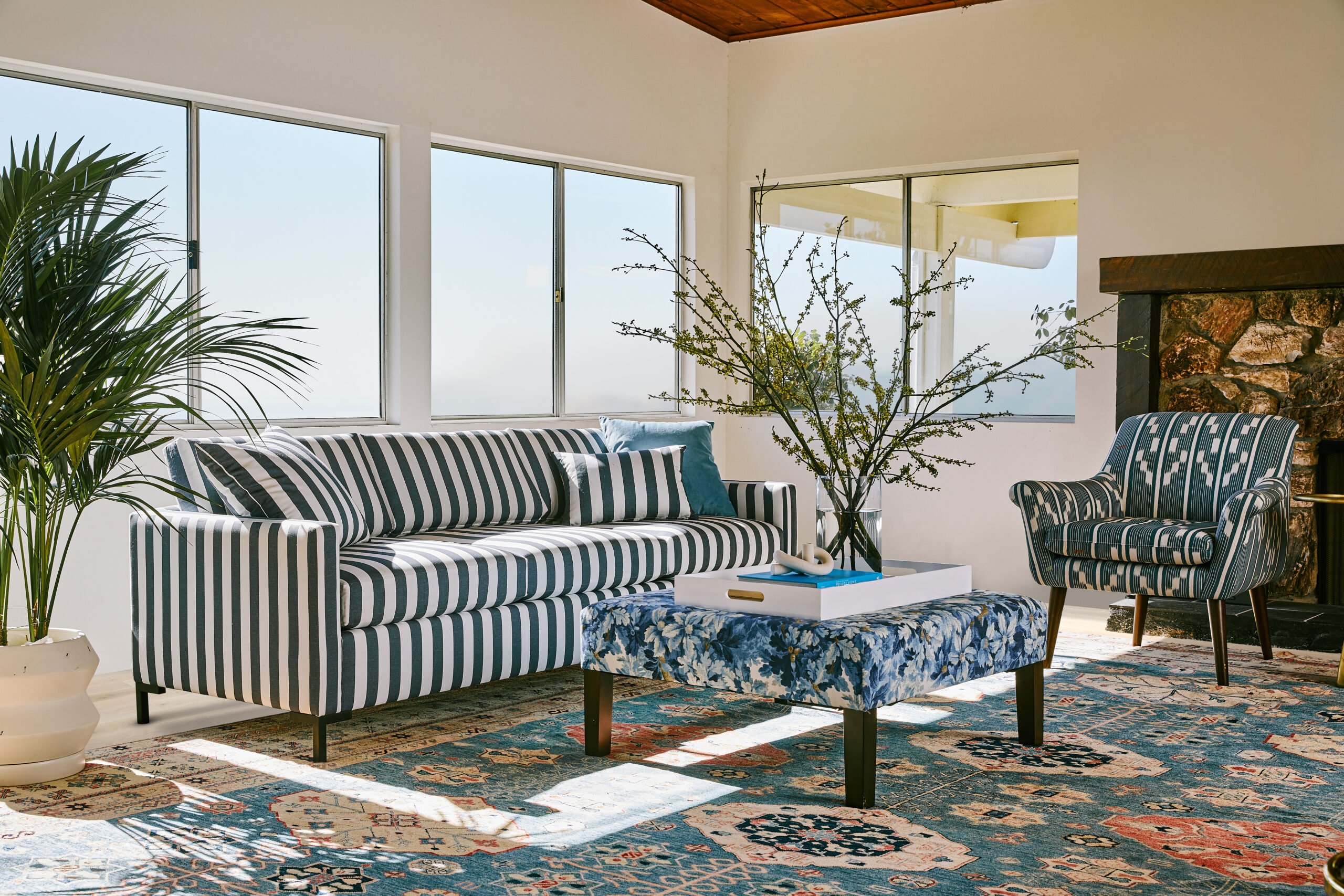
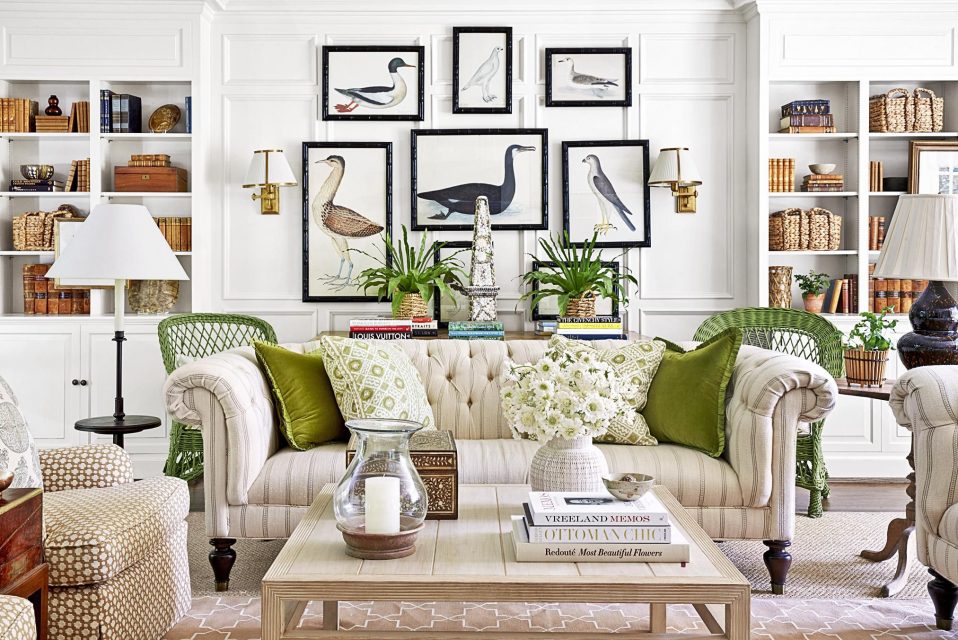

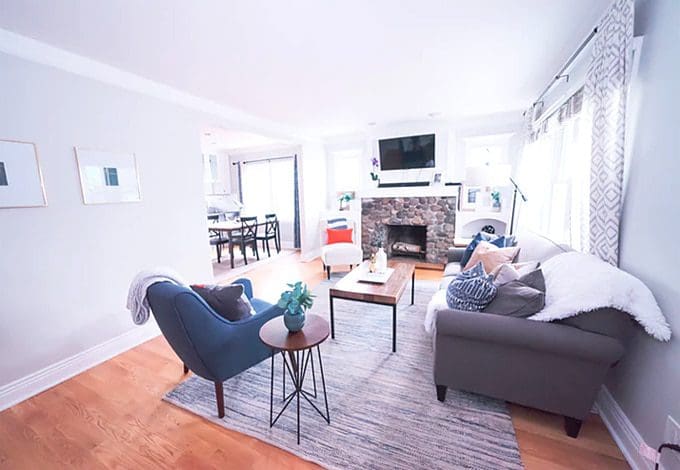
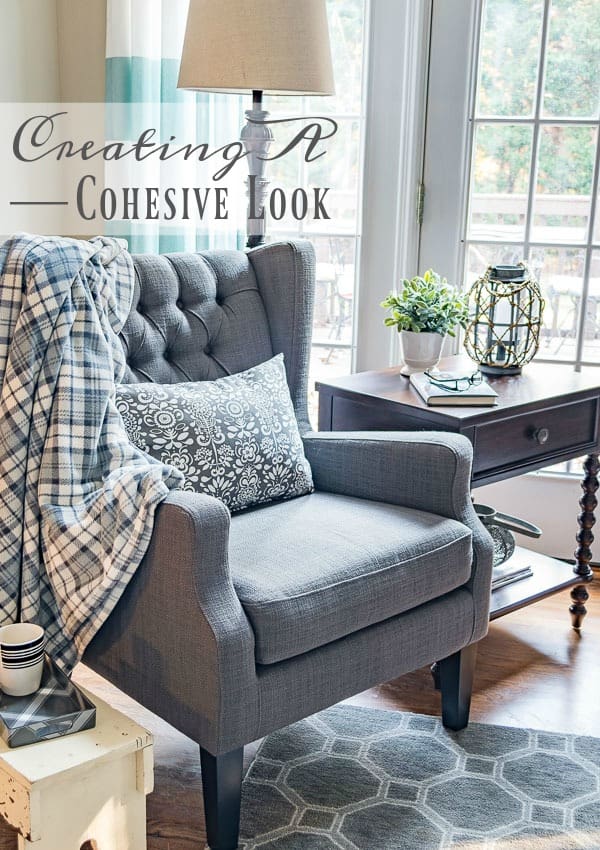

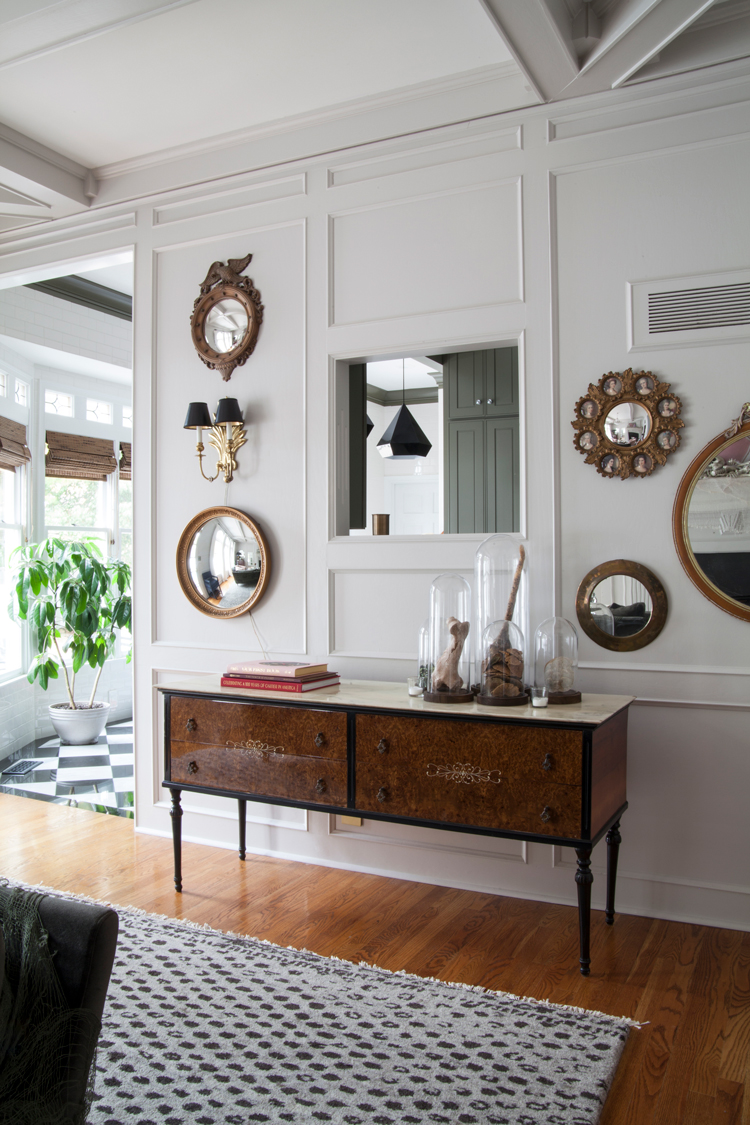


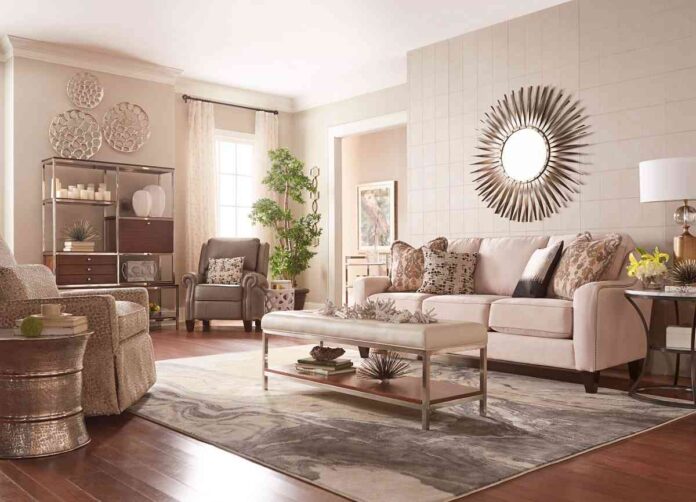
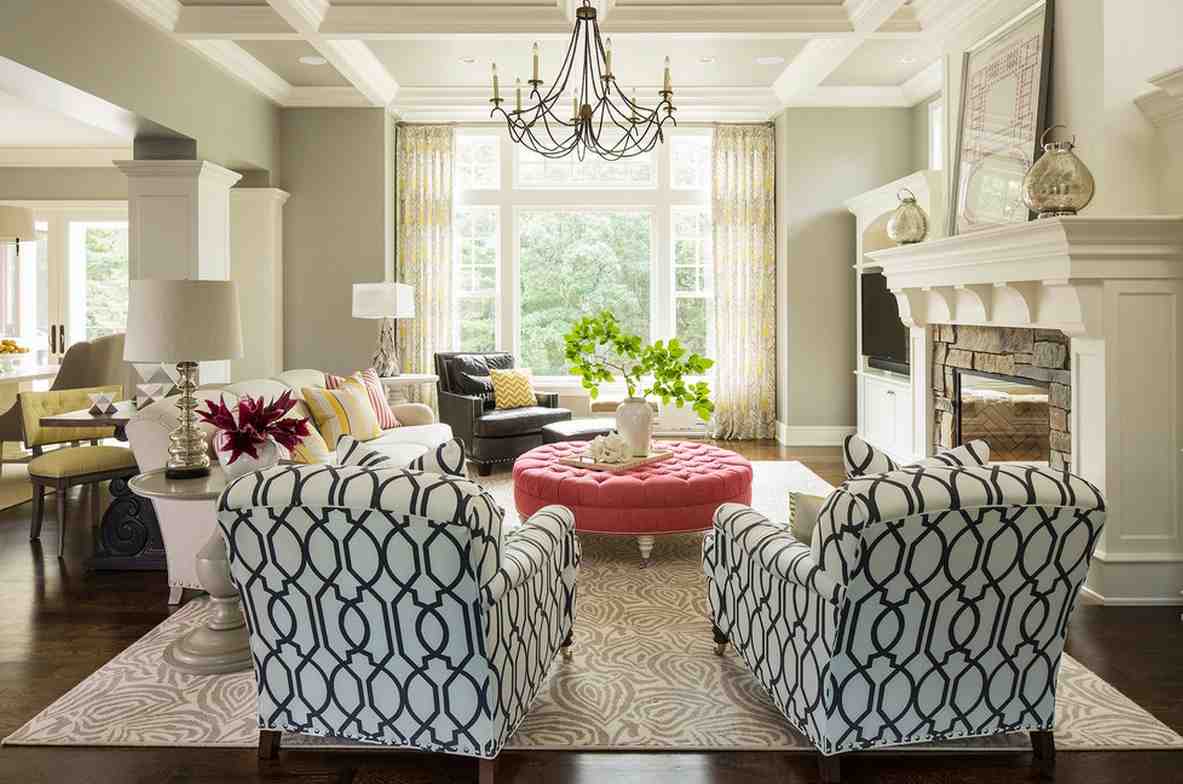
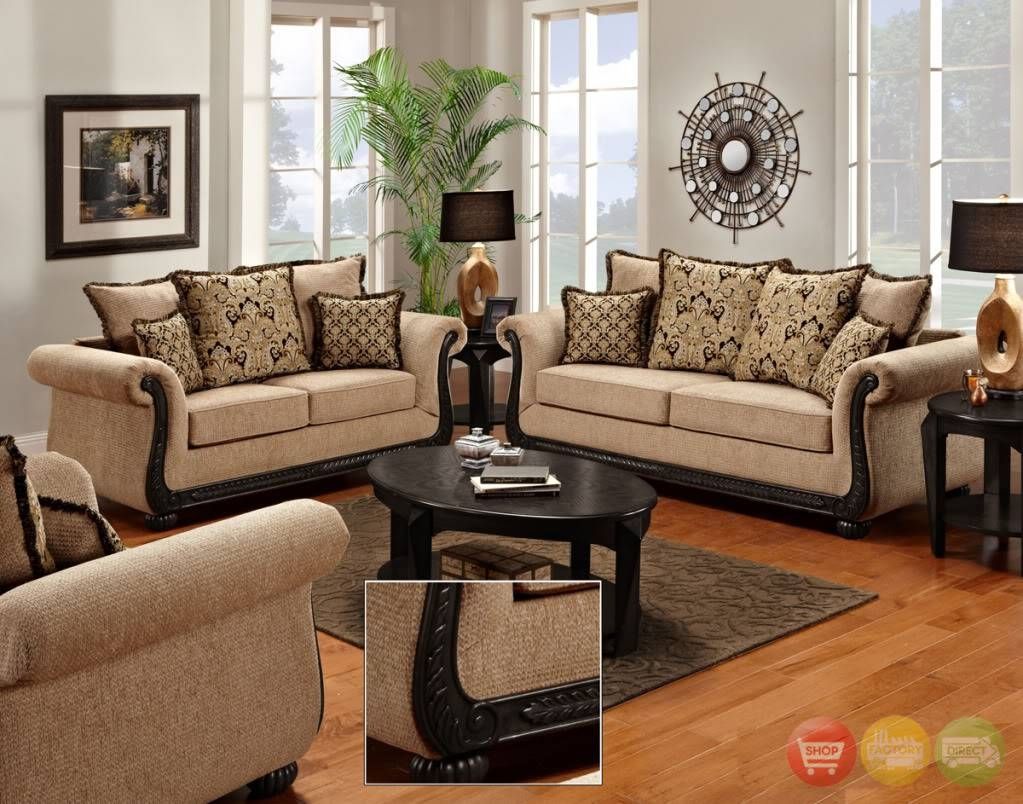




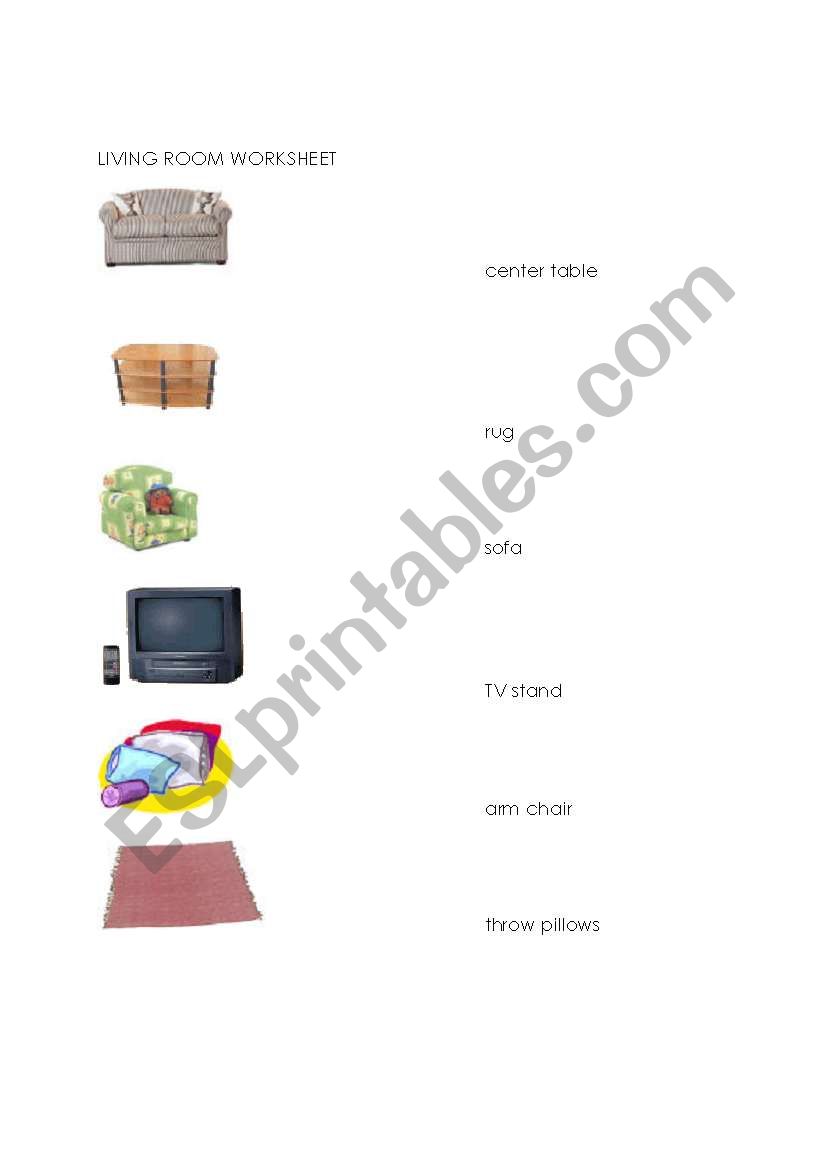

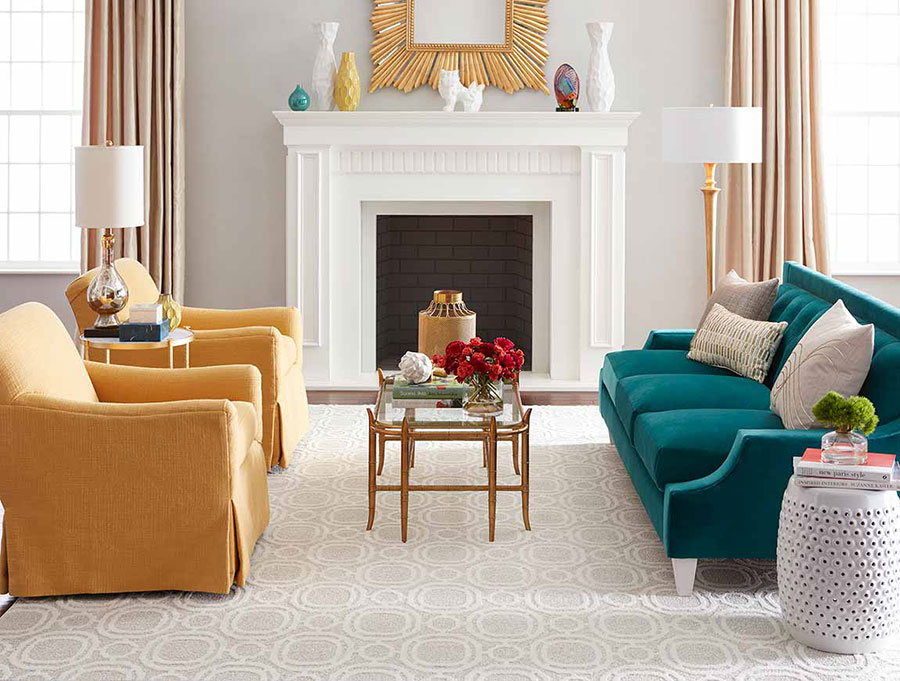






:max_bytes(150000):strip_icc()/mixing-antique-accessories-into-modern-decor-1976754-hero-070dea6d92104007aa7519130e8426c1.jpg)



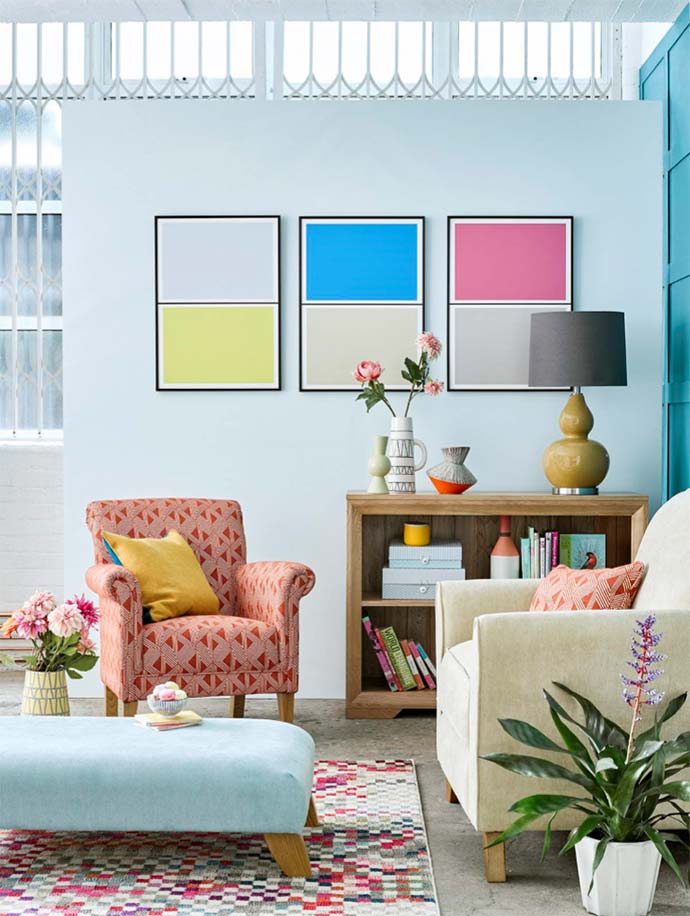

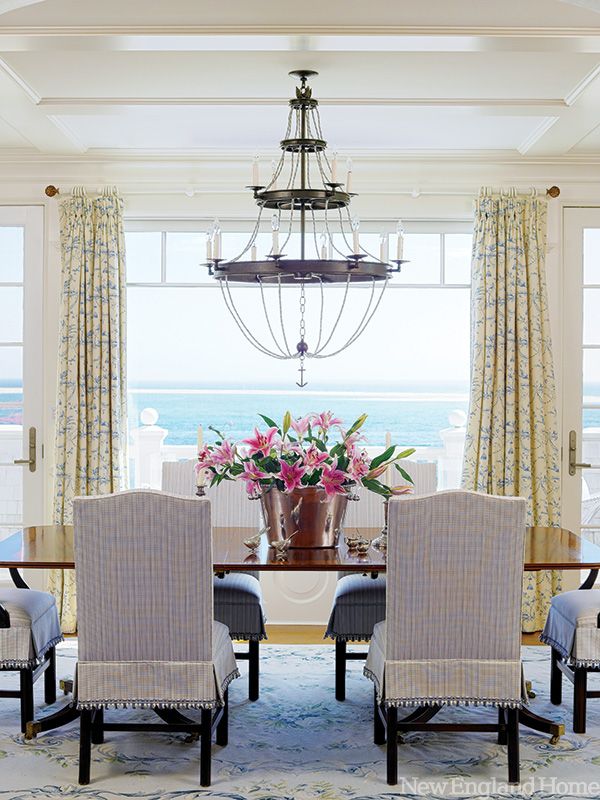



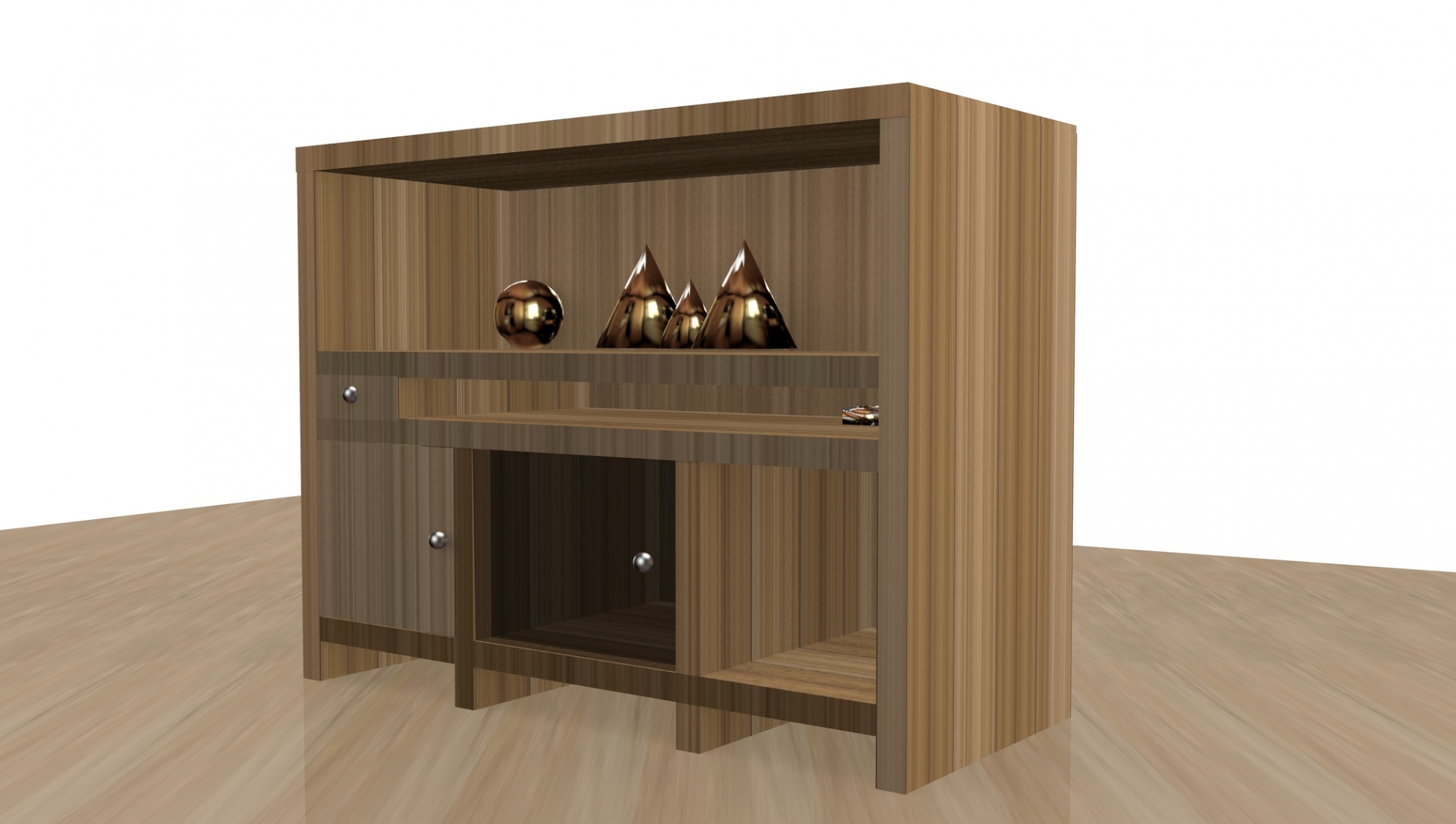

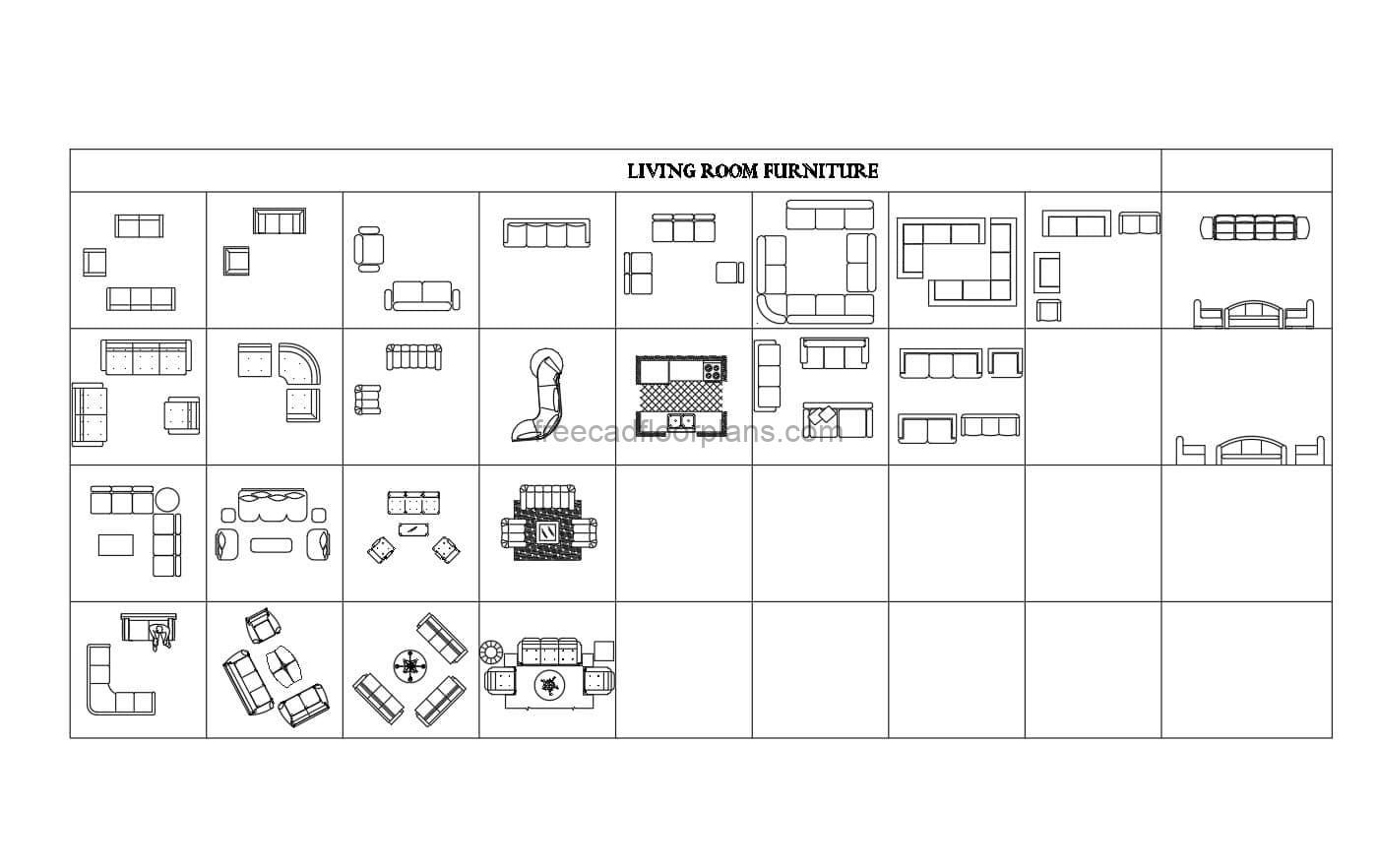
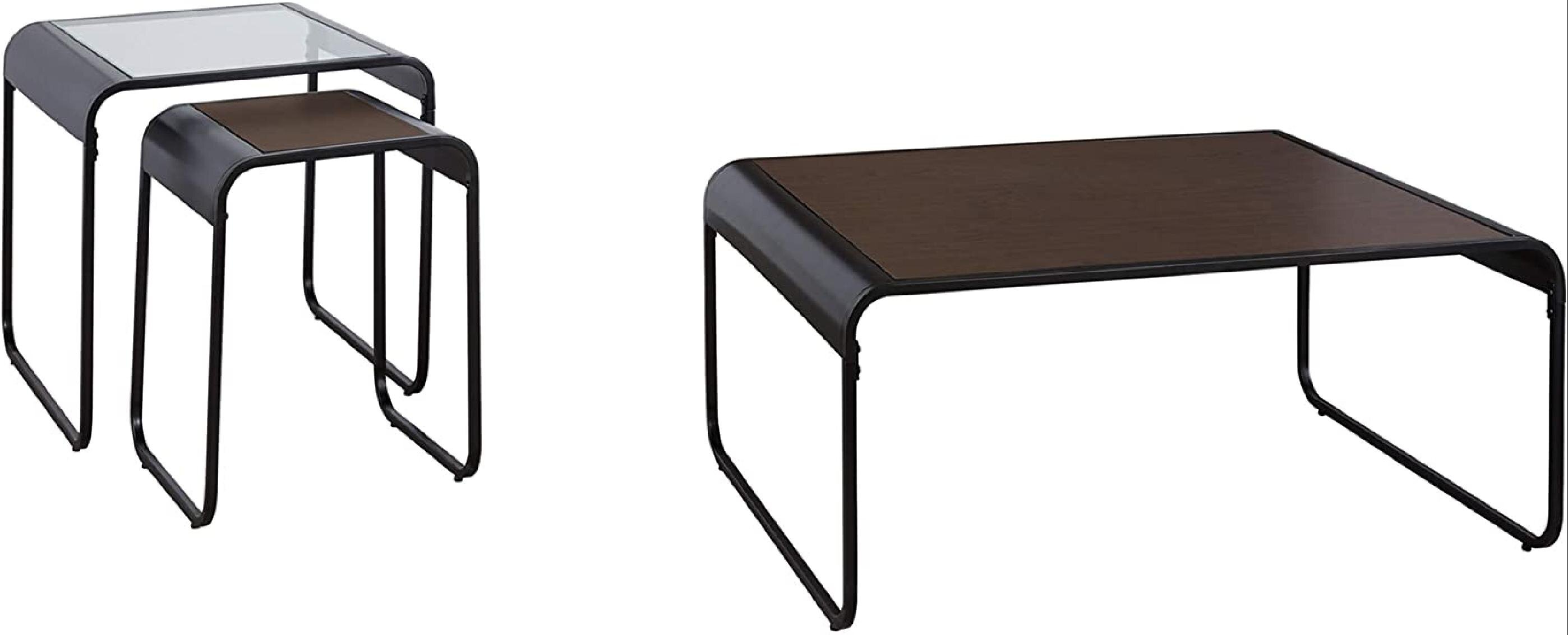



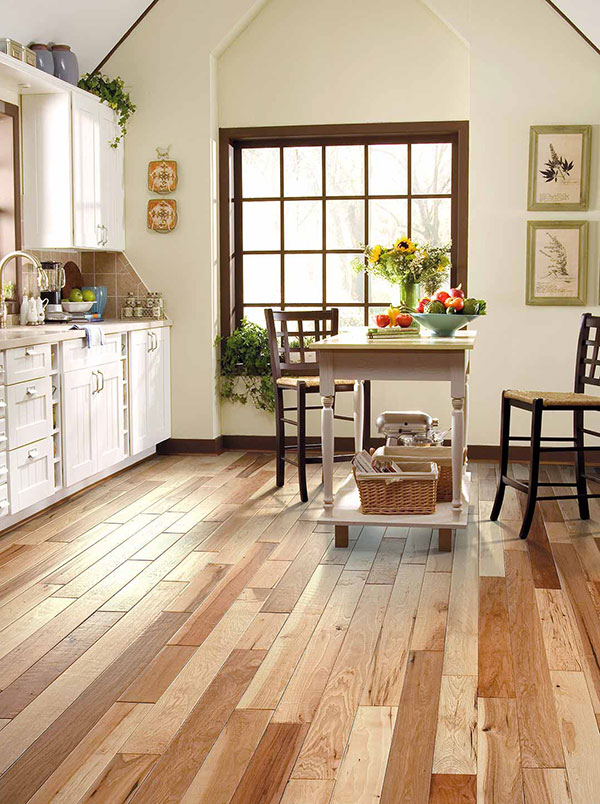

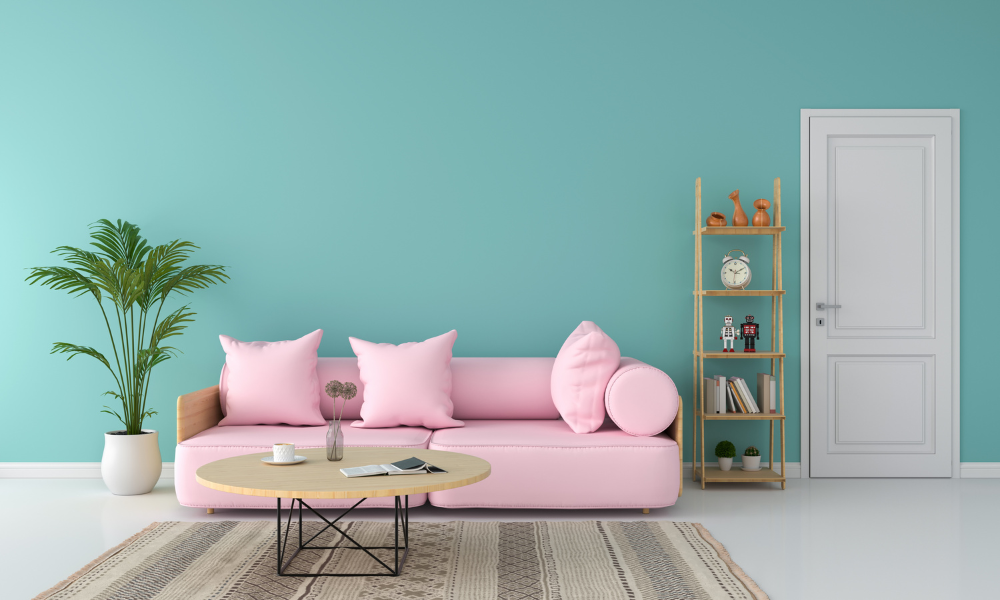




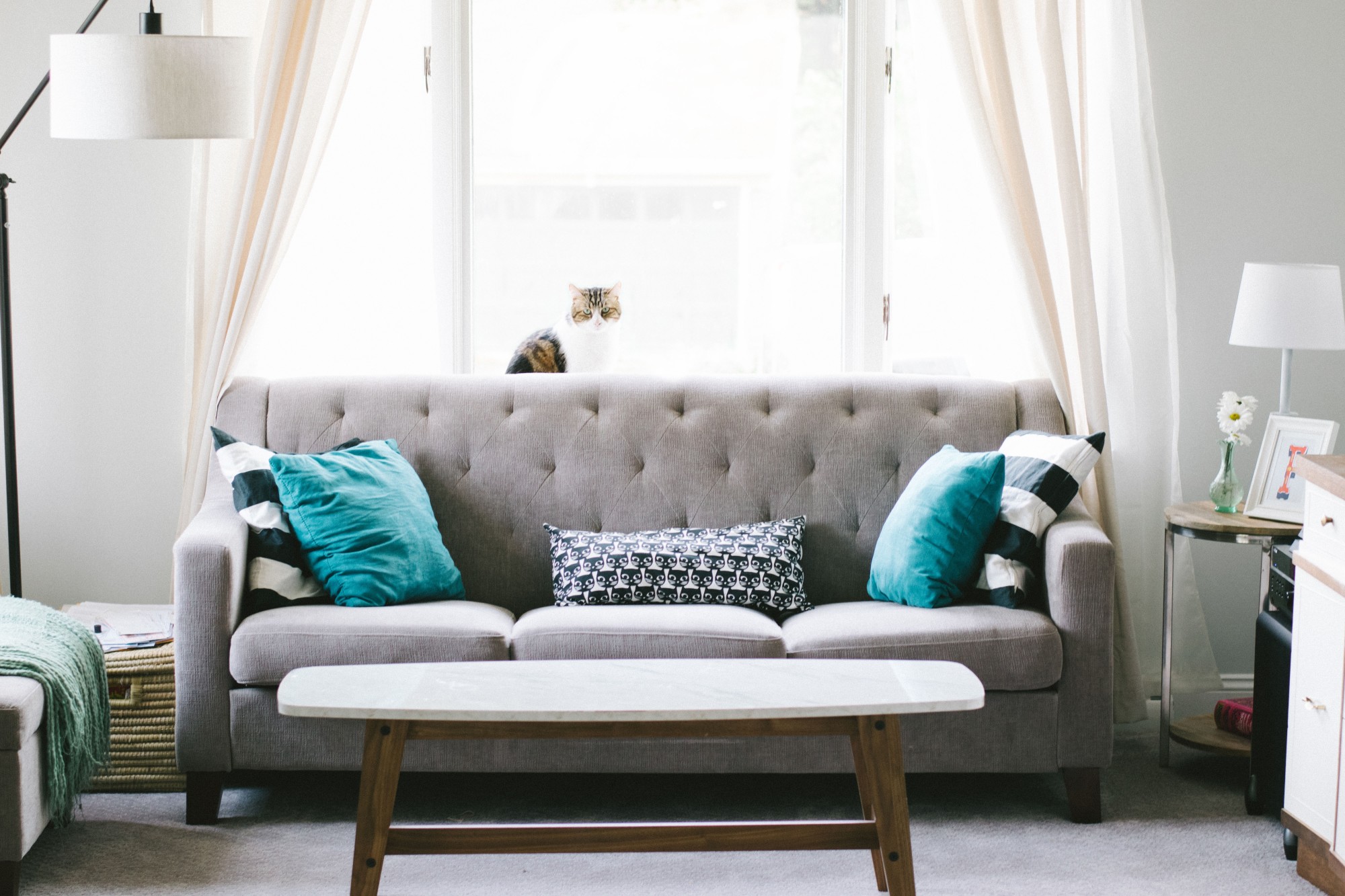
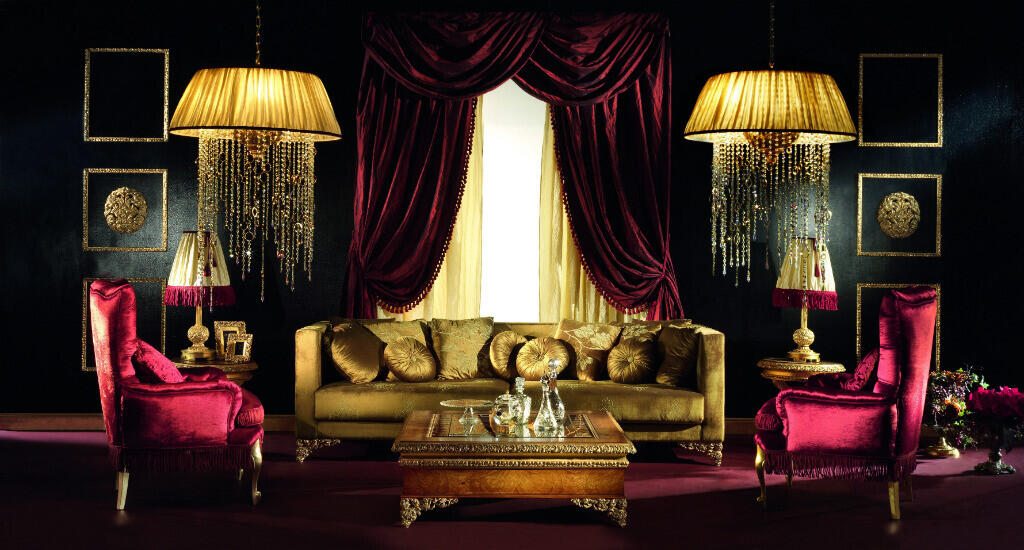
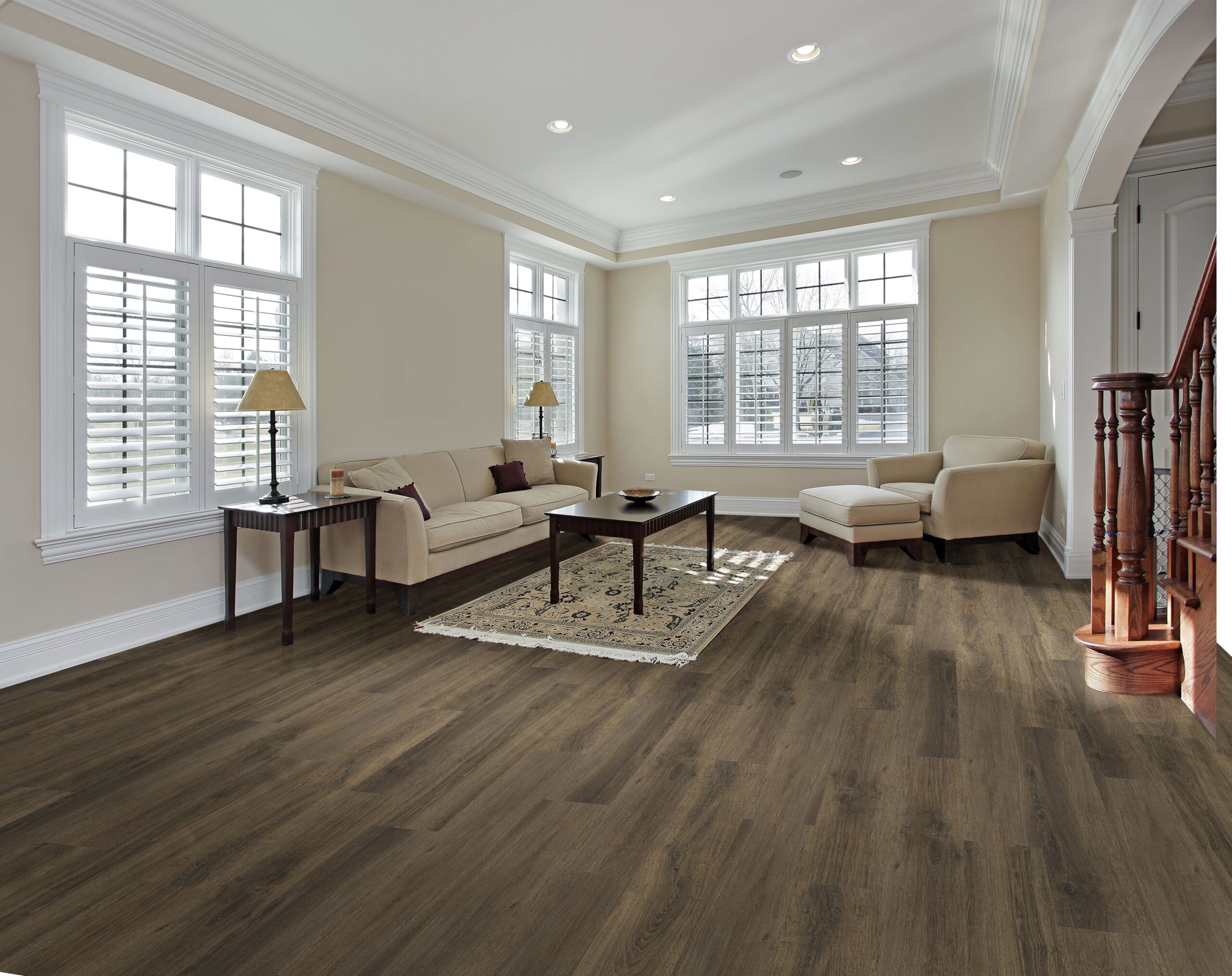
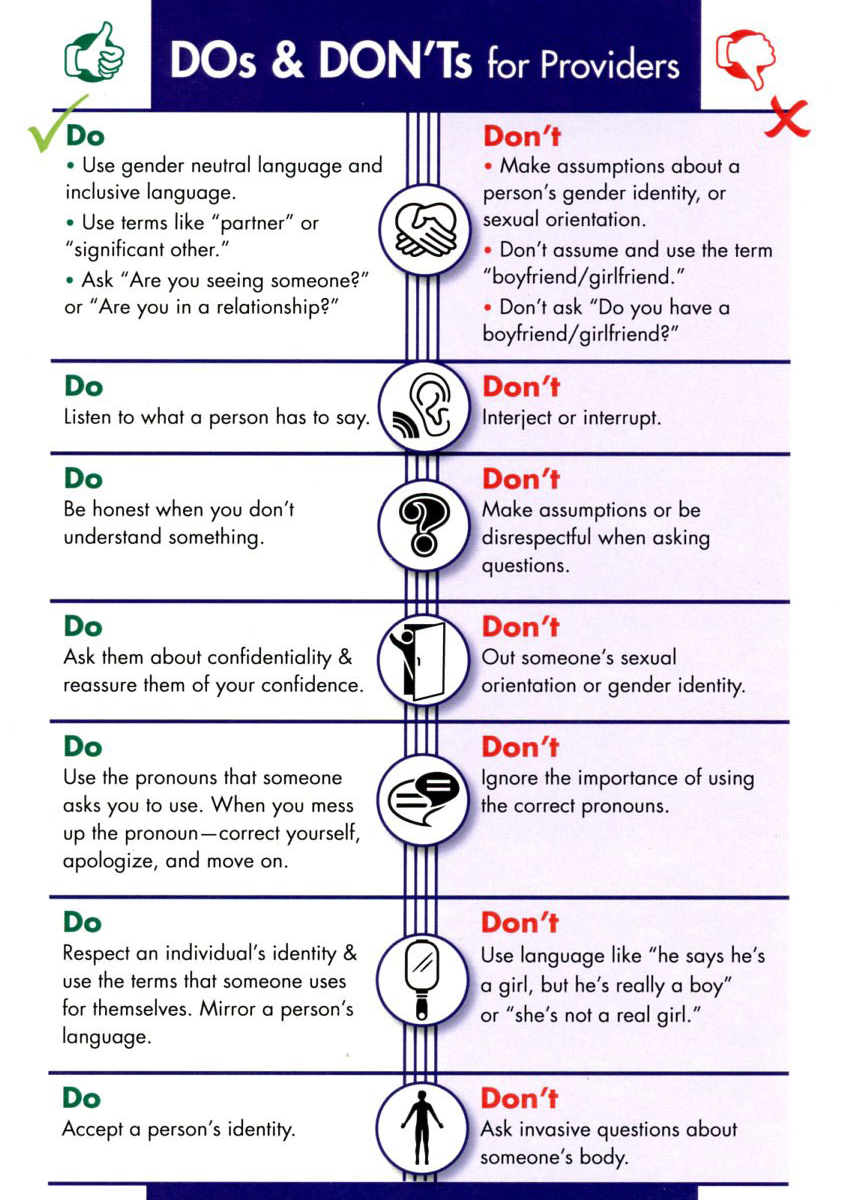
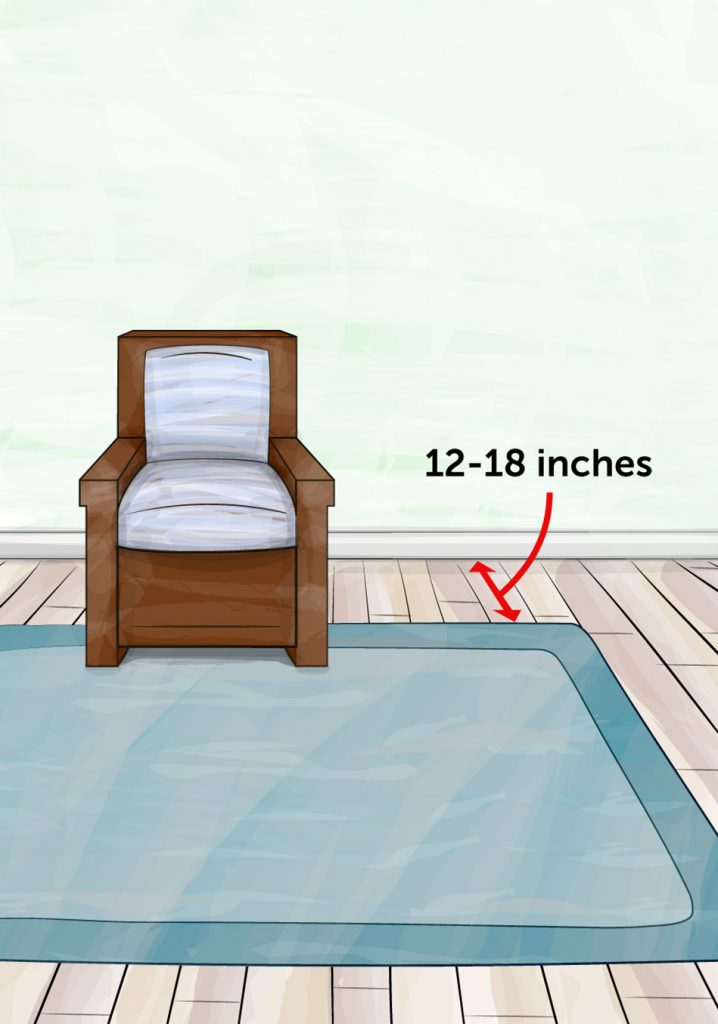





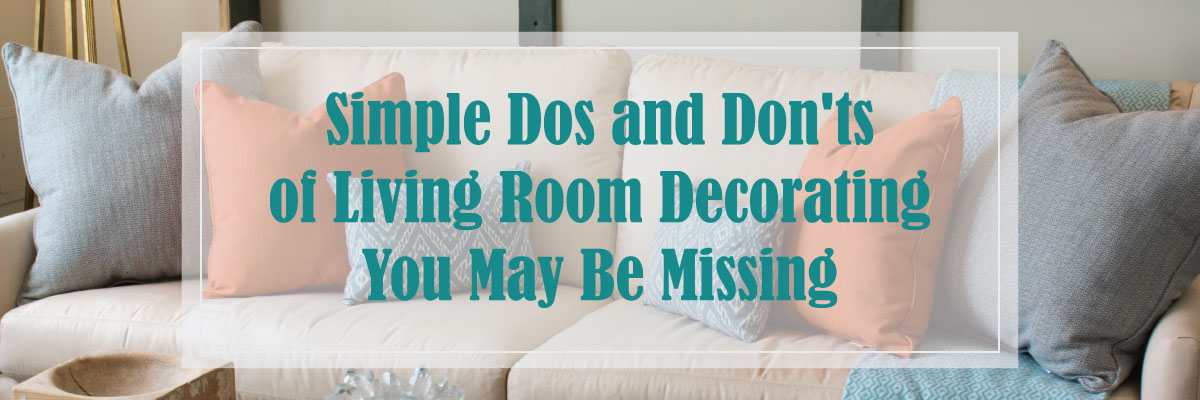




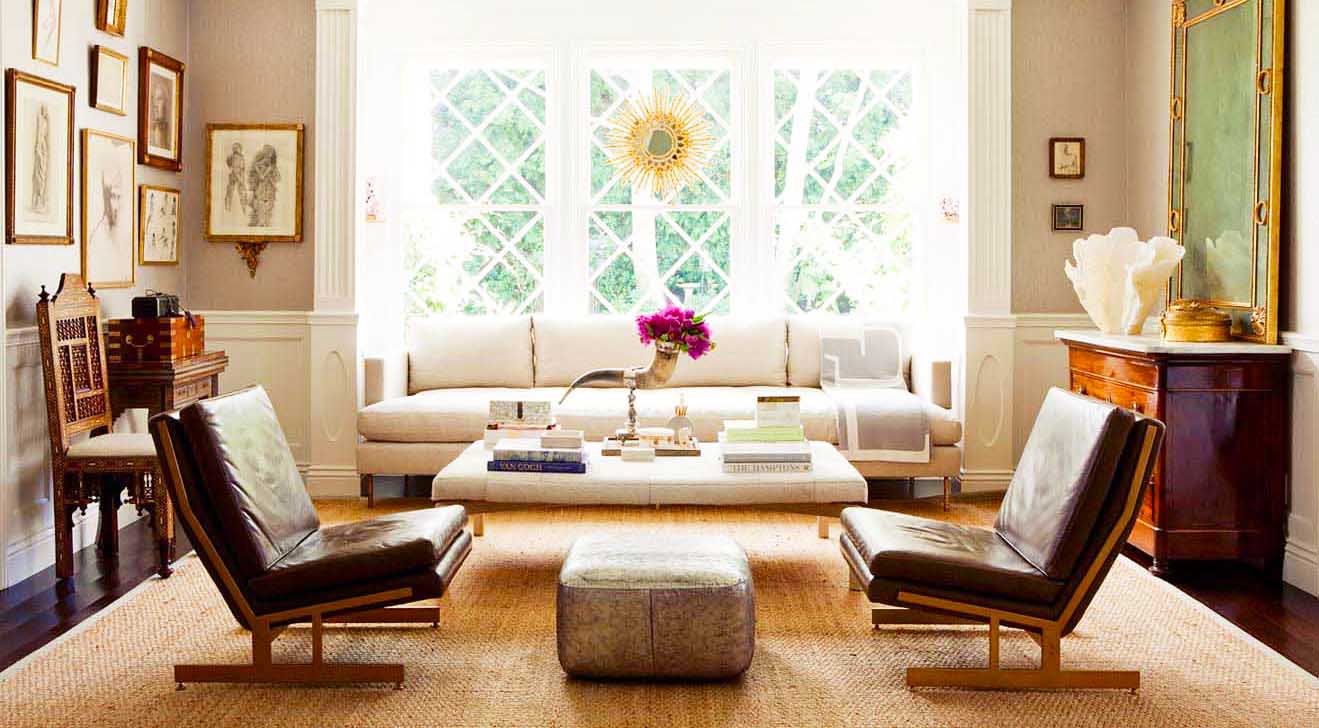







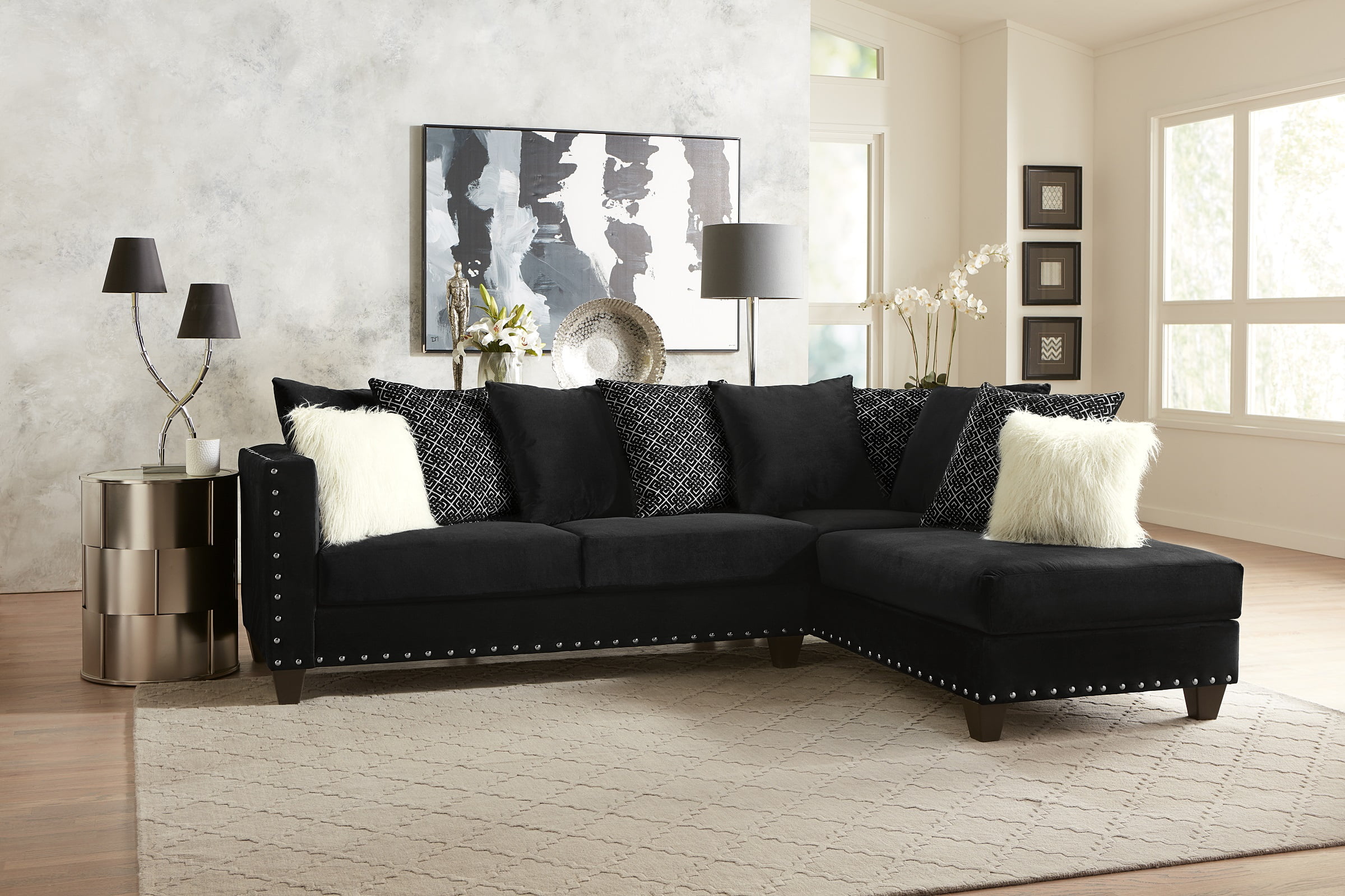


/GettyImages-961308678-5c5a4c1cc9e77c000159b2c0.jpg)
